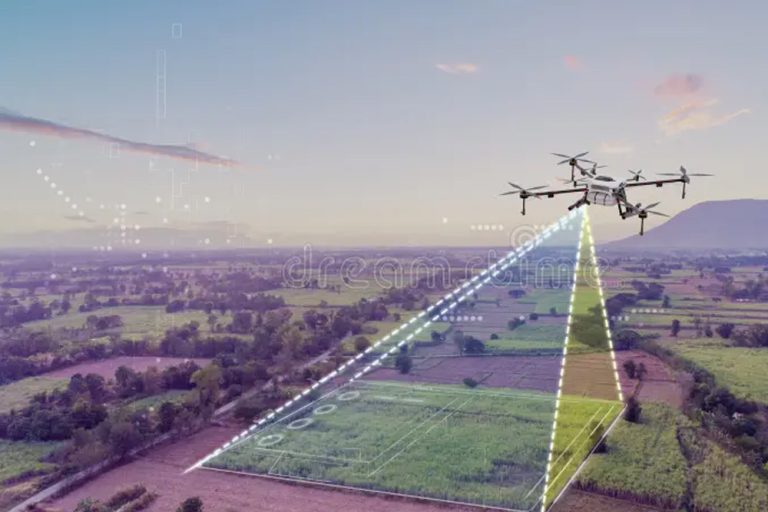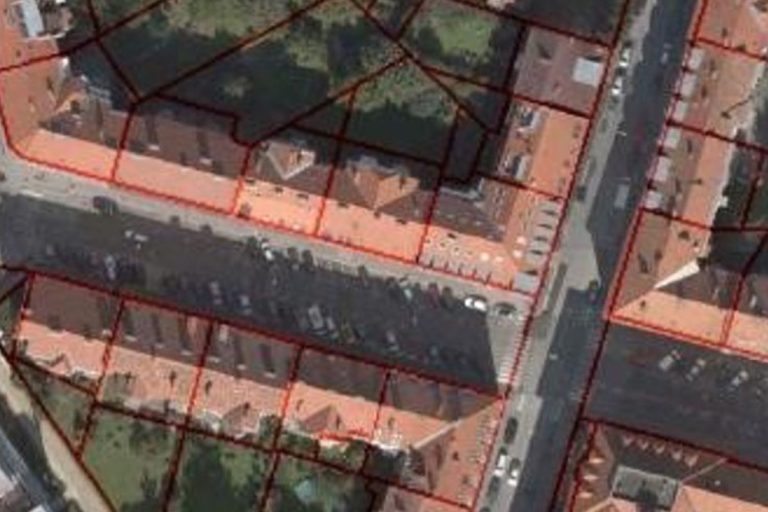
UAV measured surveys is extensively used in construction sites, land, quarries, mines and other areas where this remote technique can replace the need for staff on the ground, reducing health and safety risks and lowering costs.
Planners, engineers, government agencies, and developers utilize UAV qualitative datasets. Property and Infrastructure, the Government, Agriculture and Plantations, Utilities, Oil and Gas industries benet from UAV mapping especially in making well-informed decisions in regards to real estate and infrastructure construction management.

Airborne laser proling produces data which are benecial to professional ranging from civil engineers and forestry engineers to archaeologists and geologists by producing Topographic data and deformation monitoring.
Airborne laser proling is also able to produce clear proes of landscapes used for design and planning purposes, providing measurements of land surface features. It is also benecial for a wide range of industries, namely, the Mining, Infrastructure, Urban Planning, Property and Infrastructure, Government, Plantation, and Environmental Industries.

Kuala Lumpur
Suite L11-21, Tower 1, Wangsa 118, No.8, Jalan Wangsa Delima, Wangsa Maju, 53300, Kuala Lumpur
T :+(6)03-4144 2344
T: +(6)0386878415
F :+(6)03-4144 2644
E: sgskl@setiageosolutions.com
Whatsapp : +(6)0386878415